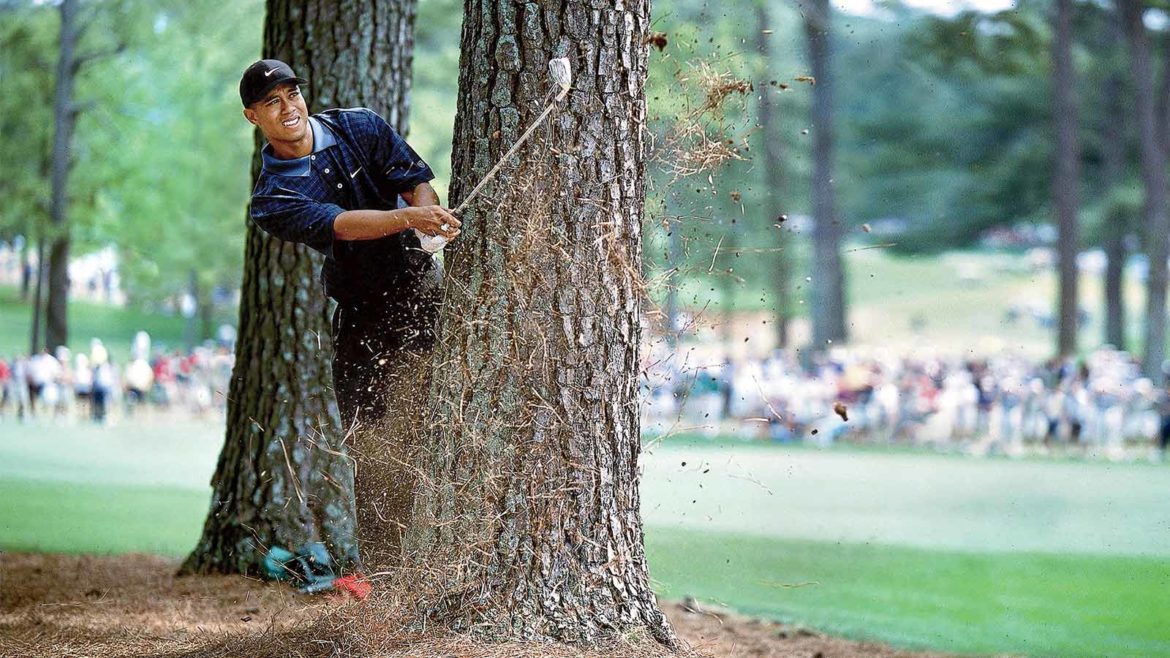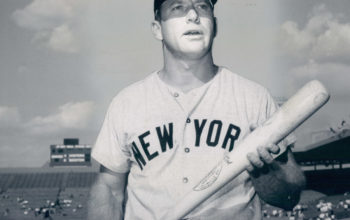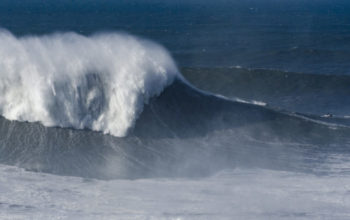“When Tiger Woods was dominating the Tour week in and week out, his best asset may have been his ability to avoid mistakes.”

The following written content by Tony Ruggiero
When Tiger Woods was dominating the Tour week in and week out, his best asset may have been his ability to avoid mistakes. In a game of misses, Tiger mastered the art of avoiding big numbers. That’s not because he hit perfect shots all the time. It’s because when he did find trouble, he made sure his next shot got him back into play, making bogey the worst outcome.
Tiger wasn’t in position “A” here during Saturday’s round of the 2001 Masters, but he carded a 68 anyway and went into Sunday with a one-stroke lead over Phil Mickelson. Twenty-four hours later, he walked away with his second green jacket. Here’s what you can learn.
1. Chest open
Notice how much Tiger’s chest has rotated. Turning like this helps keep the clubhead more stable through impact, which allows you to control trajectory and shot direction, even from a pine-straw lie. Also notice that the clubface is still square and hasn’t flipped over. If he rotated less, he’d have to flip. Now you need perfect timing.
2. Clean contact
Getting a clean hit on the ball is essential when you’re playing from troublesome lies. The goal here isn’t power; it’s about hitting the ball with solid contact so that you can control the flight and get the ball back in play.
3. Solid ground
When hitting shots from slippery surfaces like pine straw, be like Tiger and keep your feet “quiet.” Create a stable base and use your arms and upper body to power the shot, keeping leg action to a minimum.
4. Weight forward
Notice how far forward Tiger’s chest is — over his left leg, even in this abbreviated finish. This helps move the low point of the swing in front of the ball (as in closer to the target), ensuring ball-first contact. Read more from Golf.
Subscribe here
Advertisement






